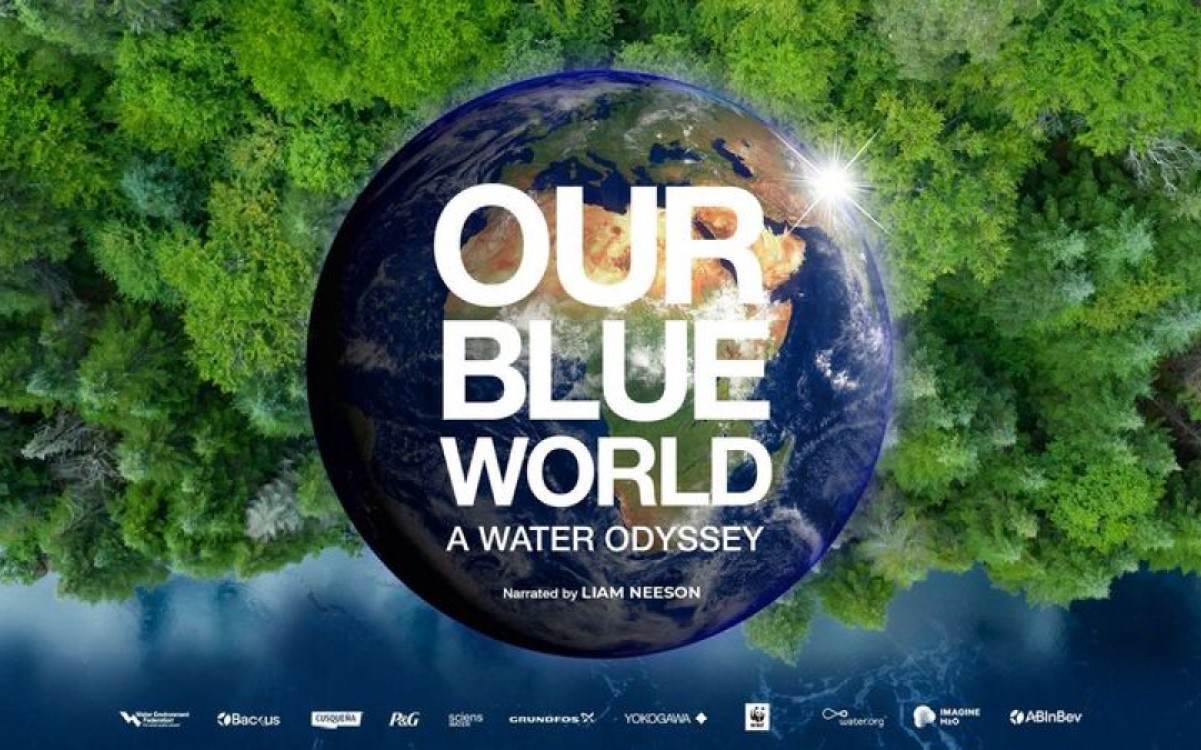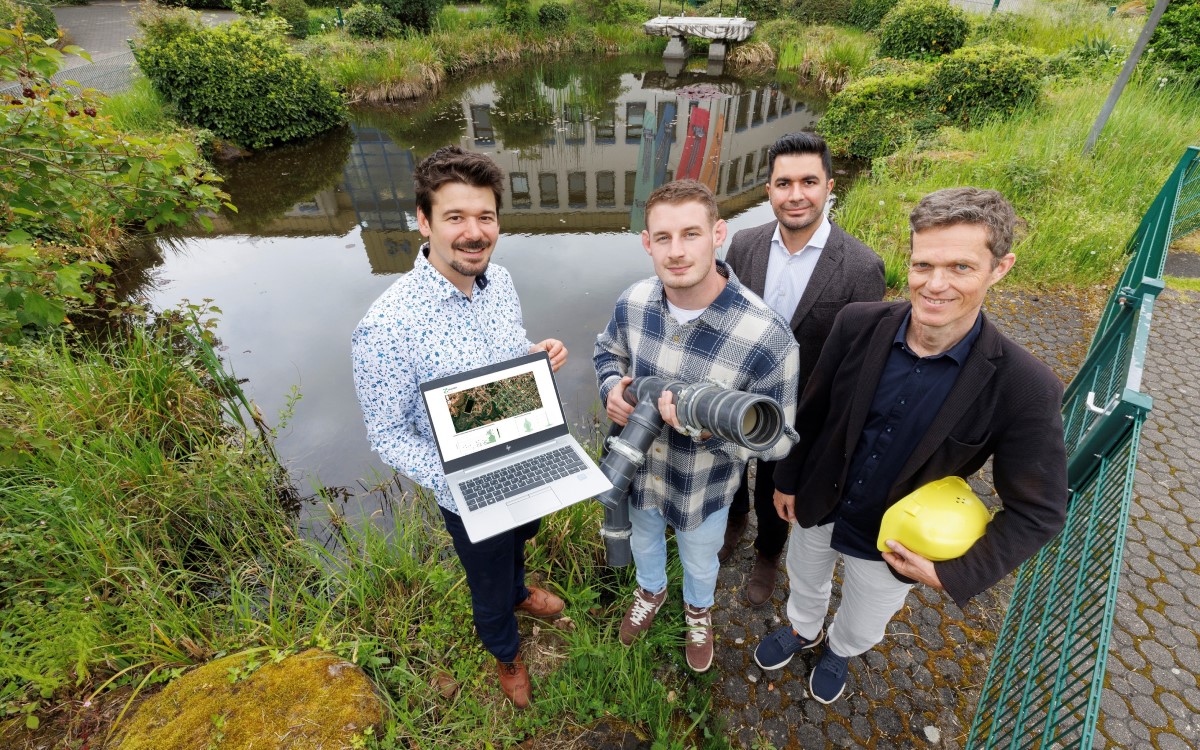November 2, 2022 | Yale launches new Superfund Research Center, to be the first in the country to study 1.4 dioxane — a contaminant linked to cancer and found in drinking water wells throughout Connecticut.
Yale’s newly launched Superfund Center will be the first of its kind to address the chemical contaminant 1,4-dioxane — a “forever chemical” like PFAS — which was identified by the United States Environmental Protection Agency as a probable human carcinogen — a substance that can cause cancer. Administered by the National Institute of Environmental Health Sciences, the Superfund Research Program funds solution-oriented research on exposure to hazardous substances.
High levels of 1,4-dioxane
1,4-dioxane is a manufacturing byproduct and trace contaminant in many consumer products, such as shampoo and antifreeze. Vasilis Vasiliou, chair of environmental health sciences at the Yale School of Public Health and the director of the new Superfund Center, decided to study 1,4-dioxane after meeting with the state department of public health and the department of energy and environmental protection in 2016. The agency officials expressed concern over high levels of 1,4-dioxane in drinking water wells throughout the state.
“Liver cancers have tripled [in incidence], and what’s happening is a combination of emerging contaminants that nobody has paid attention to for many years,” Vasiliou said.
Emerging contaminants are pollutants that pose potential health risks but are often not regulated. One of the center’s goals is to inform federal regulation by linking chemical contaminants to cancers. An upcoming research project will investigate the biological mechanisms through which 1,4-dioxane may cause liver cancer.
Initial experiments have shown that 1,4-dioxane is “unique,” Vasiliou explained, because of its two modes of action as a carcinogen. One mode is genotoxic, meaning the chemical may cause mutations in DNA. The other is non-genotoxic, referring to how 1,4-dioxane can help activate other carcinogens and therefore influence the proliferation of tumor cells.
A forever chemical
Vasiliou emphasized the need to study the health consequences of long-term exposure to emerging contaminants. While certain chemicals may not exist at a level that could cause acute toxicity — health effects suffered from a short period of exposure — there could be danger in drinking them at low levels every day.
“We call 1,4-dioxane a ‘forever chemical’ because it stays in the water,” Vasiliou said. “You cannot filter it. You cannot really get rid of it.”
According to Jaehong Kim, the center’s deputy director and Henry P. Becton Sr. professor of chemical & environmental engineering, 1,4-dioxane is so small that it is able to pass through most water filters. Furthermore, it is not effectively removed by carbon filters due to its hydrophilic nature, or water-loving nature.
When used as a solvent stabilizer during manufacturing processes, 1,4-dioxane is regulated as hazardous waste. However, some home products, including soap and laundry detergent, contain trace amounts of the 1,4-dioxane and thereby also contribute to the chemical’s spread into the environment.
In the absence of effective filtration, 1,4-dioxane can then contaminate groundwater sourced by drinking water wells, which are often hard to monitor and regulate compared to other more public water sources. Many homes rely on these water wells.
Practical research
The center seeks to develop affordable devices that can be used to clean up wells. By creating a collaboration with four of Yale’s schools: the School of Medicine, School of Public Health, School of Applied Sciences and School of the Environment, this new center aims to translate research into practical solutions.
“I dream about a future where we have cool technologies that can kill germs so that people don’t get sick, especially in developing countries, and we hope to come up with interesting new technologies that are cost effective — that can destroy groundwater pollutants, such as 1,4-dioxane,” Kim said.
Kim envisions a cost-effective technology that can decontaminate groundwater on a household or community scale. Such a device would attach to a home’s water system and harness its electricity as the basis for electrocatalysis — an electrochemical advanced oxidation process for decontamination. A research goal of the center will be to continue developing advanced oxidation techniques which could be used for this device.
By partnering with public health experts, Kim plans to eventually engage with the community to test the decontamination device, applying it to select houses. On the engineering front, the center is also working on technology to better detect the presence of 1,4-dioxane in water — technology which they hope could one day be installed in households.
“Solutions to complex global challenges rarely happen in a laboratory — they require cooperation and shared resources across disciplines,” Jeffrey Brock, dean of the school of engineering and applied sciences, wrote in an email to the News.
Co-occuring toxins
The center is also interested in investigating the interaction between 1,4-dioxane and a few of its co-occurring toxic contaminants: 1,1,1-trichloroethane, 1,1,1-trichloroethylene and 1,1-dichloroethane. “Little compounds,” Vasiliou described, could add synergistically to cause liver cancers among other diseases — especially when consumed regularly through drinking water.
According to Kim, when there is groundwater contamination by 1,4-dioxane, it is likely that these co-contaminants are also found. Advanced oxidation techniques to destroy 1,4-dioxane will be tested against mixtures of toxins. Such treatment targeting 1,4-dioxane should be “somewhat universal,” Kim said, to simultaneously destroy other pollutants.
The center will be supported for the next five years by a $7.35 million grant through the federal Superfund Research Program.







